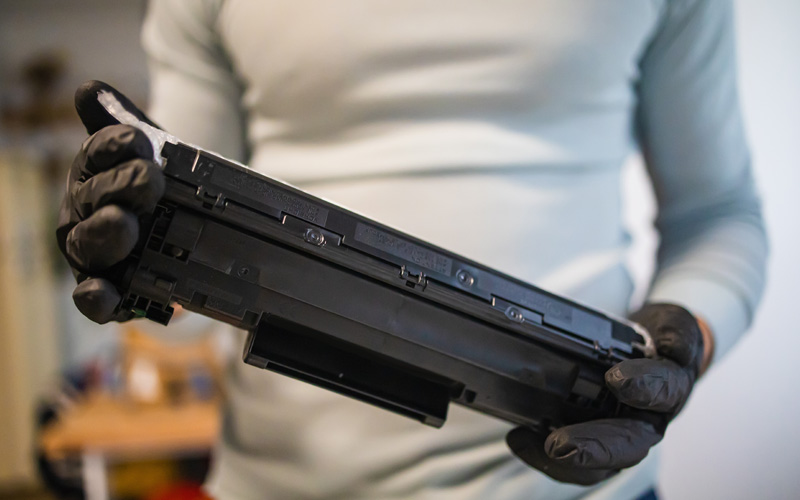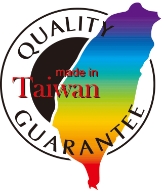
Plastic welding plays a critical role in the assembly of toner cartridges, particularly in joining the cartridge body with its cover. This article explores the key plastic welding technologies and how CW utilizes advanced methods to ensure high-quality, leak-proof cartridges.
Types of Plastic Welding Methods
Plastic welding methods are generally classified into three main categories:
- Mechanical energy welding (e.g., ultrasonic, vibration friction)
- External heat source welding (e.g., hot plate, infrared)
- Electromagnetic welding (e.g., induction, microwave)
Each method is designed to join thermoplastic components with different performance and precision requirements.
CW’s Specialized Welding Technologies
At GPI, we focus on mechanical energy welding, specifically ultrasonic welding and vibration friction welding, due to their strength, speed, and precision. These techniques eliminate the need for adhesives or solvents, streamlining the manufacturing process while ensuring durability.
Ultrasonic Welding
Ultrasonic welding uses high-frequency vibrations under pressure to create localized heat through friction. This heat melts and fuses the plastic parts at the joint.
Key Benefits:
- Fast welding cycle time
- Clean process without additional materials
- Ideal for small, precise plastic components
Vibration Friction Welding
This method relies on the relative motion of plastic parts under pressure to generate surface friction, producing enough heat to melt and bond the materials.
Key Benefits:
- Suitable for larger bonding surfaces
- Strong, durable joints
- Excellent for applications requiring high structural integrity
Selecting the Right Sealing Method
When developing new toner cartridge models, the sealing method is carefully chosen based on:
- Cartridge size
- Plastic material types
- Structural requirements
By tailoring the welding process to each design, GPI ensures consistent performance and high manufacturing reliability.
Ensuring Cartridge Quality and Durability
Robust welding is essential to prevent toner leakage and maintain print quality. Our assembly process is optimized to deliver long-lasting, tightly sealed cartridges that meet industry standards.
In our next article, we will introduce the testing procedures we conduct during development and production to verify sealing integrity and prevent toner leakage. Don’t miss out.
FAQs: Plastic Welding in Toner Cartridge Manufacturing
Q: What is the most common plastic welding method used in toner cartridge assembly?
A: The most common method used by CW is mechanical energy welding, specifically ultrasonic and vibration friction welding, due to their precision and strength.
Q: Why is ultrasonic welding ideal for toner cartridges?
A: Ultrasonic welding offers fast, clean bonding without adhesives. It’s especially effective for small, detailed plastic parts like those found in toner cartridges.
Q: What are the advantages of vibration friction welding in cartridge manufacturing?
A: Vibration friction welding provides strong, durable joints and is suitable for larger bonding surfaces, making it ideal for robust cartridge assembly.
Q: How does CW determine which plastic welding method to use?
A: CW selects the welding technique based on factors such as cartridge size, plastic material type, and performance requirements to ensure optimal sealing.
Q: How does plastic welding help prevent toner leakage?
A: By creating tight, consistent bonds between plastic components, plastic welding ensures a secure seal, reducing the risk of toner leakage during usage.

